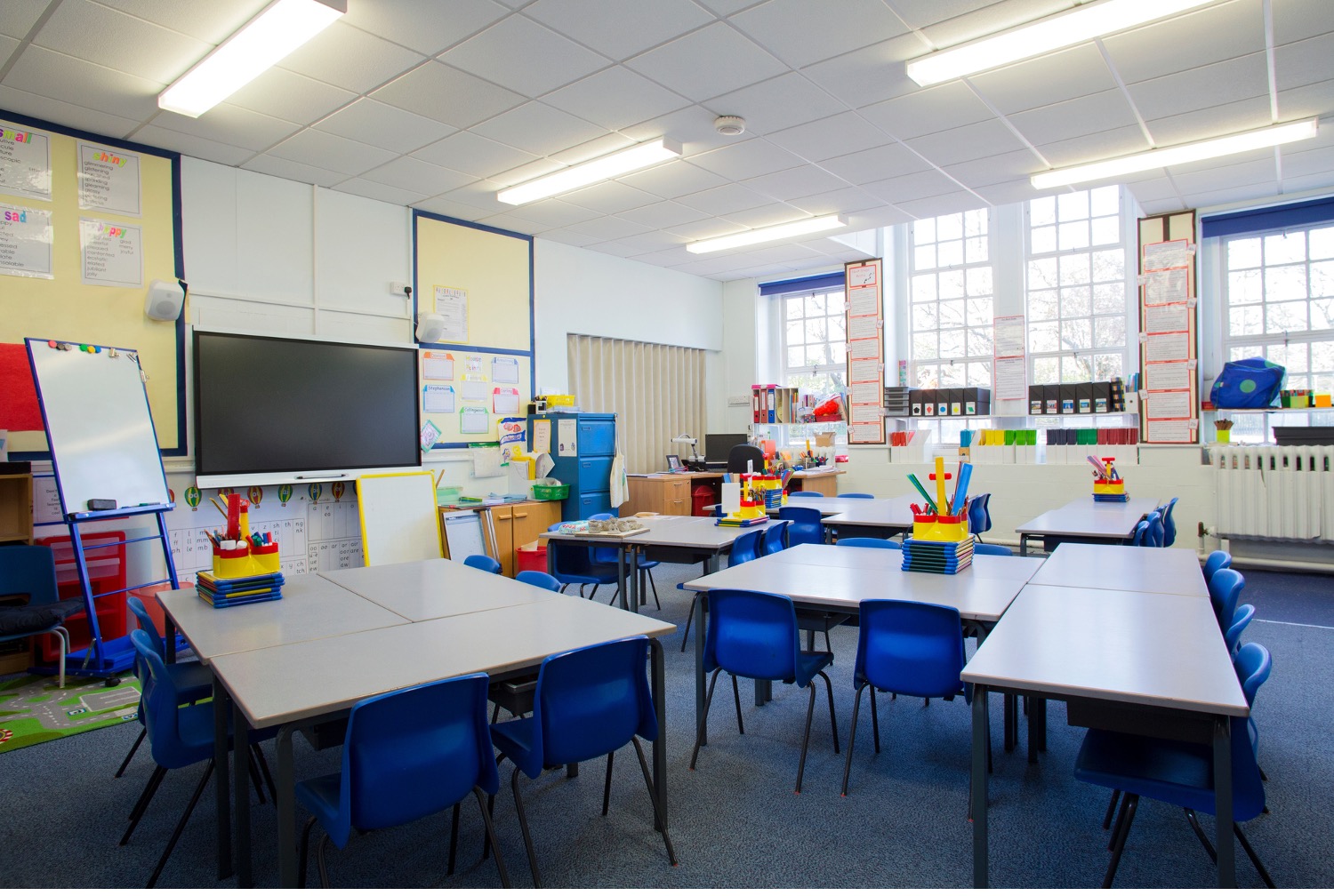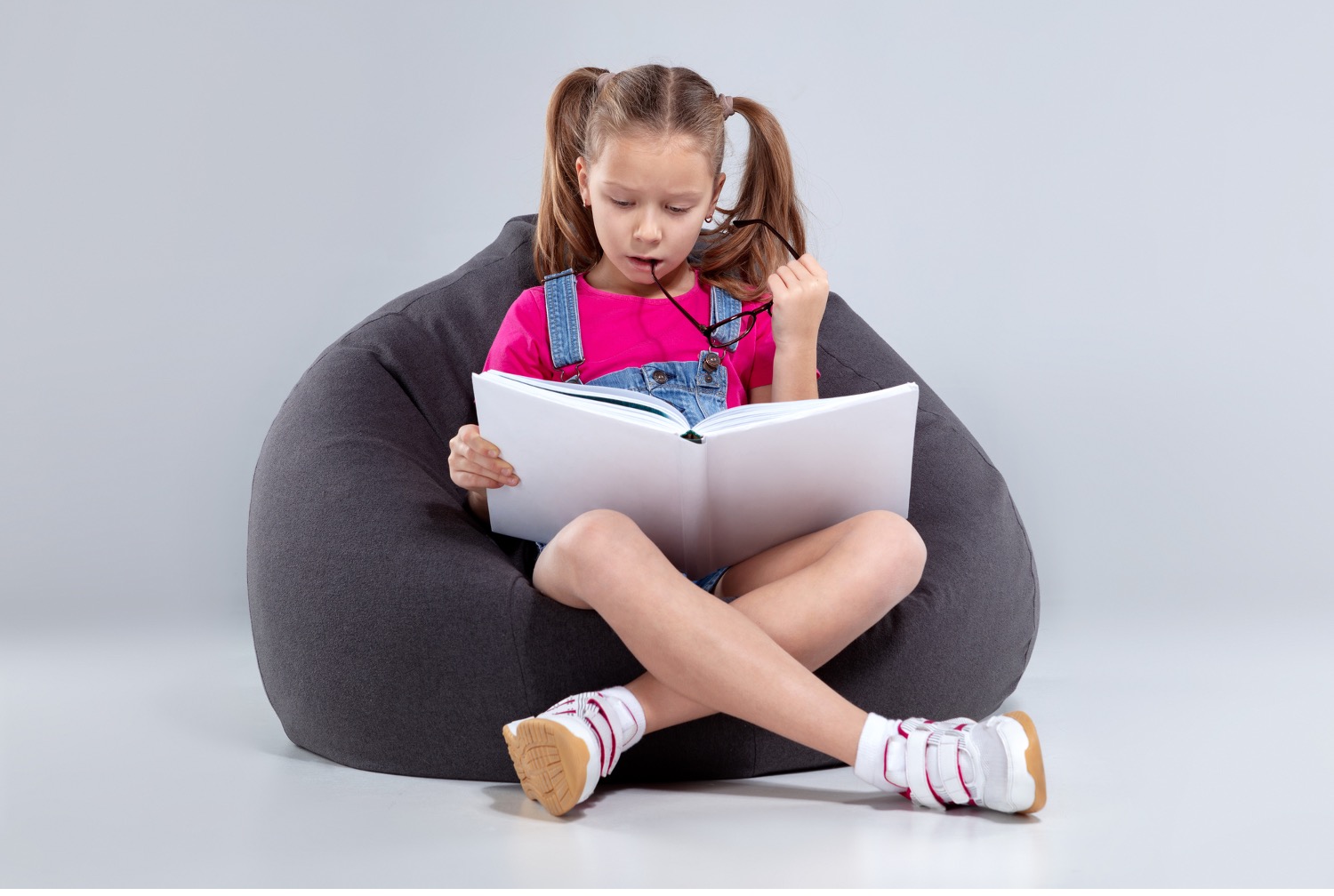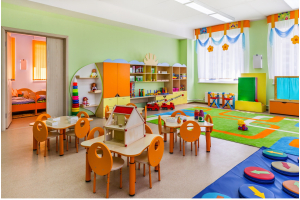Flexible Furniture And Its Benefits On Learning

Flexible Furniture: What Is It & How Does It Improve Learning?


In the recent past, flexible furniture has become a new norm in learning institutions. Many schools are adapting to have them due to how they improve learning. Flexible furniture promotes communication skills and teamwork, and enhances the power to choose. As a result, it makes learning institutions fun, welcoming, and friendly.
Continue reading to learn more ways flexible furniture benefits learning. But before that, some definitions.
What Is Flexible Furniture?
Flexible furniture refers to seats adaptable to different working or learning situations. For example, while a sofa can be an ideal relaxing point, some view such seats as excellent working or studying spots. Flexible furniture for learning is a perfect solution for institutions looking forward to enhancing and improving their learning experiences.
How Does Flexible Furniture Improve Learning?
As the name suggests, flexible furniture is all about flexibility. Long gone are the days when learners were required to sit in a particular manner without the possibility of changing positions. That said, this type of furniture benefits learning in many ways. Flexible furniture:
1. Enhance The Power Of Choice
According to experts, flexible furniture for learning environments is an excellent transformation in learning institutions since it allows learners to choose where to sit. Part of learning is enhancing the learners' ability to choose, and flexible sitting does just that. With the freedom to select where to sit, learners feel empowered and attuned to their environment. This provides them with an opportunity to exercise authentic decision-making which they can do even until later in life.
2. Strengthen The Sense Of Community And Sharing
When learners get used to traditional desks, they act as the owners. As a result, they become possessive and unlikely to share. However, flexible furniture eradicates this tendency. It allows the students to sit together and share supplies.
This type of seating enables learners to take turns in seating assignments. At the end of the day, learners develop a sense of community and togetherness, a vital everyday life skill.
3. Improve Physical Health
Physical activities enhance every aspect of life, including learning. Flexible furniture allows learners to move around, lean, bounce, and change positions. These activities improve oxygen flow to the brain while enhancing blood flow.
Regular movements also help burn calories, increase metabolism, and improve alertness and focus. Physical activities are linked with great academic improvement, excellent behaviour, and good overall health. That said, learners using flexible furniture are more likely to be physically healthy than those using typical desks.
4. Improve Collaboration
Among the flexible furniture is modular desks. These are four-wheeled desks used as stationery furniture alternatives. These desks easily fit with each other, promoting teamwork. While typical desks only allow a learner to interact and work with those sitting around them, flexible furniture such as modular desks allow the students to change positions, thus enabling them to work with another learner in the furthest corner.
Facilitating teamwork in a learning institution is vital since it allows learners to discuss issues, solve challenges, and make conclusions. Besides developing collaboration skills, partnership improves courage, problem-solving skills, and appreciation.
5. Enhance Comfort
Allowing learners to choose their seats will enable them to pick the perfect chair for their needs. This means the learner sits comfortably, ready for what the day has in store. Like how employees and workers are more productive when comfortable, so do learners. Learners experience improved concentration and focus when comfortable, resulting in high performance.
6. Foster Development Of Communication Skills
The fact that flexible furniture allows learners to choose where they want to sit doesn't necessarily mean there's no order when selecting. Teachers establish ways to ensure fair sitting choices and prevent disruptions. Throughout the choosing procedure, a teacher asks why a particular learner wants to sit in a specific position. As the learner explains, they develop enhanced communication skills.
When a conflict involving sitting arrangements arises, the teacher and learner collaborate to solve them, enabling them to learn how to solve issues. As a result, students learn to communicate effectively. They become patient and fair to their peers.
7. Make Learning Fun
Flexible furniture for learning environments makes learning fun. Learners, especially small kids who aren't used to school setups, are more likely to refuse to go to school if the seating arrangements are strict.
However, colourful floor chairs, wobble stools, and other flexible seats make the learning environment fun, especially when kids are encouraged to choose their favourite colours. This makes children view schools positively.
Conclusion
Flexible furniture is making all the difference in learning institutions. This type of furniture allows children to choose where they want to sit, promoting their ability to make crucial decisions. Flexible furniture also fosters teamwork, making learning fun.
Suppose you're looking forward to replacing your school's existing furniture. Consider investing in flexible furniture for the betterment of the learners.


